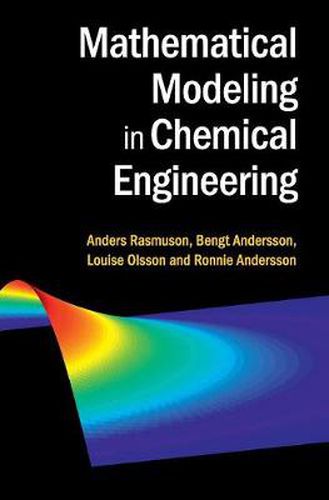Readings Newsletter
Become a Readings Member to make your shopping experience even easier.
Sign in or sign up for free!
You’re not far away from qualifying for FREE standard shipping within Australia
You’ve qualified for FREE standard shipping within Australia
The cart is loading…






A solid introduction to mathematical modeling for a range of chemical engineering applications, covering model formulation, simplification and validation. It explains how to describe a physical/chemical reality in mathematical language and how to select the type and degree of sophistication for a model. Model reduction and approximation methods are presented, including dimensional analysis, time constant analysis and asymptotic methods. An overview of solution methods for typical classes of models is given. As final steps in model building, parameter estimation and model validation and assessment are discussed. The reader is given hands-on experience of formulating new models, reducing the models and validating the models. The authors assume the knowledge of basic chemical engineering, in particular transport phenomena, as well as basic mathematics, statistics and programming. The accompanying problems, tutorials, and projects include model formulation at different levels, analysis, parameter estimation and numerical solution.
$9.00 standard shipping within Australia
FREE standard shipping within Australia for orders over $100.00
Express & International shipping calculated at checkout
A solid introduction to mathematical modeling for a range of chemical engineering applications, covering model formulation, simplification and validation. It explains how to describe a physical/chemical reality in mathematical language and how to select the type and degree of sophistication for a model. Model reduction and approximation methods are presented, including dimensional analysis, time constant analysis and asymptotic methods. An overview of solution methods for typical classes of models is given. As final steps in model building, parameter estimation and model validation and assessment are discussed. The reader is given hands-on experience of formulating new models, reducing the models and validating the models. The authors assume the knowledge of basic chemical engineering, in particular transport phenomena, as well as basic mathematics, statistics and programming. The accompanying problems, tutorials, and projects include model formulation at different levels, analysis, parameter estimation and numerical solution.